Europe’s Pathe version of “Memphis Blues” was recorded on July 3, 1919.
Europe’s music on Pathé discs is different from that of Europe’s Society Orchestra issued on Victor discs five years earlier.
The musicians were different; popular music had changed; instead of making dance records, he now worked in a military band tradition, conducting different instruments than in earlier years. Whereas none of the Victor recordings featured vocals, some Pathés feature singers Noble Sissle and C. Creighton Thompson.
Moreover, different technology was used. It is unfortunate that his final discs are vertical-cut records. In the year the records were issued, hill-and-dale technology was quickly losing favor with record buyers. By 1920 nearly all talking machines were made for lateral-cut discs. Equipment for playing Pathé discs became relatively scarce in subsequent years. Had his records been made with lateral-cut technology, they might have enjoyed more popularity and his name might have been better remembered by subsequent generations.
After four sessions with Europe, the Pathé company issued a special flier announcing new titles: “Eleven records of the world’s greatest exponent of syncopation just off the press.” In bold type, the flier announced, “Jim Europe’s jazz will live forever.” Sadly, the music became relatively obscure.
Europe’s musicians perform more in a military band tradition than in the new jazz idiom. Nonetheless, Europe is a significant pre-jazz artist or transitional figure, the most important African-American musical leader in the period when ragtime was on the wane but before the reign of King Oliver and Louis Armstrong. He employed musicians who later became fine jazz artists, notably Dope Andrews and Herb Flemming.
Two jazz-oriented performances are “That Moaning Trombone,” composed by Clef Club member Tom Bethel, and W.C. Handy’s “Memphis Blues,” each having a swing and freedom that virtually no other military band at the time attempted. Europe’s arrangements showcase the fine trombone section though other band sections are heard distinctly, even the tubas.
Recounting how “Memphis Blues” evolved, Handy in his autobiography Father Of The Blues (Macmillan, 1941) states, “The Victor Company released a recording by the Jim Europe band. That sent that ball rolling.” Although Europe was among the first to perform it at concerts and dances, no such Victor recording was issued. Only Pathé issued a version performed by Europe. His musicians give it a jazzy treatment, playing at a tempo for fast dancing.
Europe suffered a fatal stabbing two days after his band cut six titles for Pathé on May 7, 1919. There was no clear motive for the backstage attack during a Boston’s Mechanics Hall concert.
Accounts differ, but it seems that Europe reprimanded Herbert Wright for the drummer’s unprofessional habit of walking on and off stage while other acts performed. Herbert Wright was already simmering from what he perceived as favoritism, feeling the bandleader never blamed Steven Wright for mistakes but only criticized Herbert (together, Steven and Herbert Wright made up the “Percussion Twins”–they shared surnames but were not related).
When Europe ordered Wright to leave a dressing room, the unstable drummer produced a penknife and stabbed the bandleader in the neck. Others in the room, including Sissle, were unable to stop Wright. Europe was rushed to City Hospital but soon died.

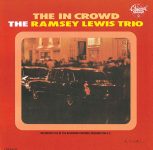



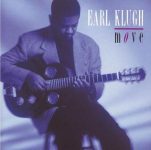
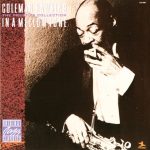


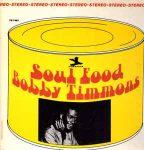


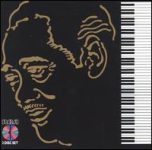
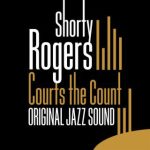
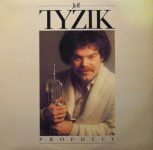
Thanks! Share it with your friends!
Tweet
Share
Pin It
LinkedIn
Google+
Reddit
Tumblr